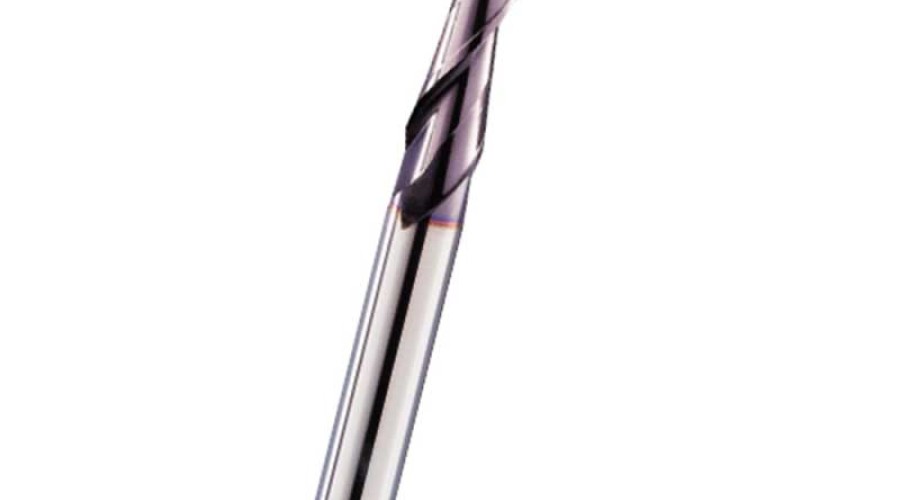
I. What is a Ball Nose End Mill?
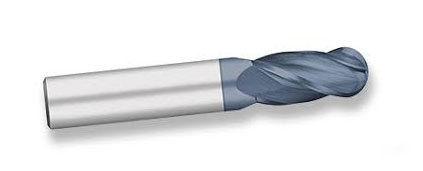
A ball nose end mill, also known as a "ball mill," "ball end mill," or "R-cutter," is a type of end mill with a hemispherical tip. The ball nose end mill is always center-cutting, allowing it to cut at any point on the ball.
They can have single or double cutting edges and can be made from solid carbide or high-speed steel, with optional coatings. Depending on the material being machined, they are available in various flute designs. These mills are used for milling large corner radii, cutting grooves, and contour milling. Smaller diameters can be used for engraving. Their primary applications include semi-finishing and finishing operations in industries like mold making.
Additionally, there are tapered ball nose end mills and indexable ball nose end mills.
II. Issues in Ball Nose End Milling
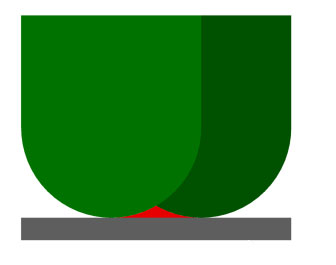
The milling process with ball nose end mills can lead to residual material, as shown in the red areas in the image above. The size of these residuals depends on the ball's diameter, cutting depth, and the step-over between consecutive passes. The height of the residual increases with the step-over, so when using a ball nose end mill, it is crucial to use the smallest possible step-over to minimize the residual height.
III. Feed and Speed for Ball Nose End Mills
1.Calculating the Effective Diameter
Here is an empirical formula:
Effective Diameter = 2 x SQRT(Cutting Depth x (Diameter – Cutting Depth))
The above formula is only applicable when the cutting depth is less than the radius of the ball mill.
2.Using the Effective Diameter Calculation to Determine Milling Parameters
Once you have calculated the effective diameter, refer to the corresponding milling parameters for the end mill.
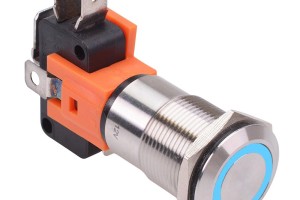
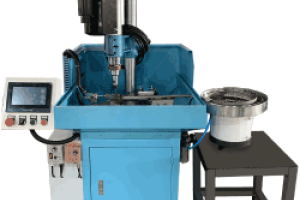
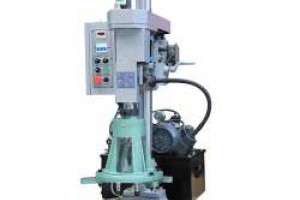
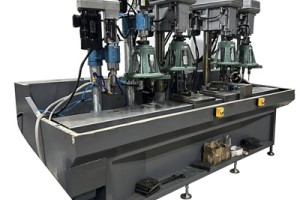


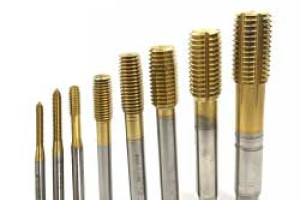
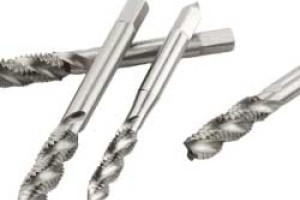
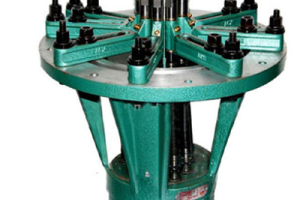
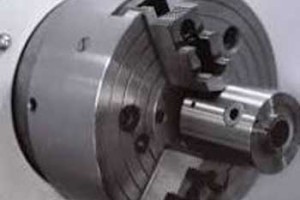
Leave a comment